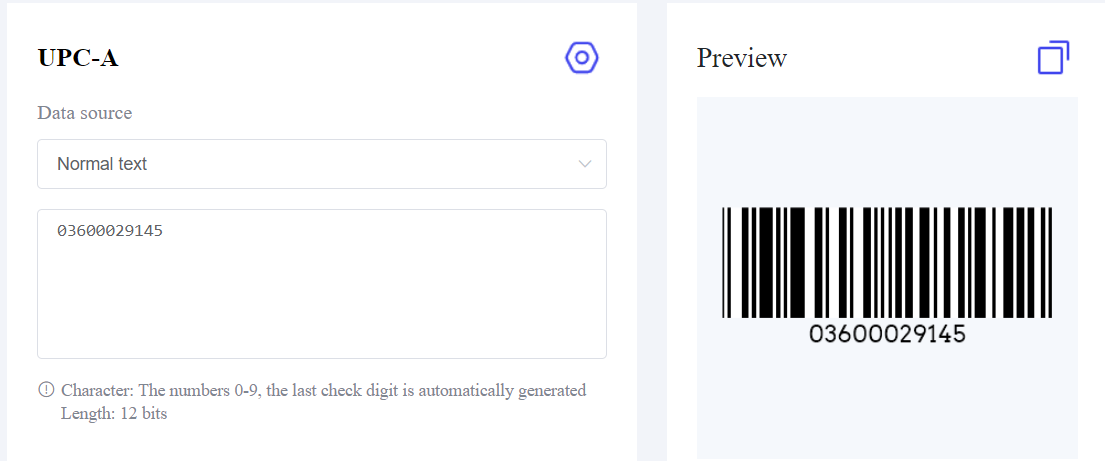The integrity of barcode data is important, and this is where the barcode check digit comes into play. This article will learn what a barcode check digit is, why it is essential, and how to calculate it, ensuring that your barcodes are both accurate and reliable.
What is a Barcode Check Digit?
What is the check digit on a barcode? A barcode check digit is a single digit added to the end of a barcode number to ensure its accuracy. It acts as a form of error detection, confirming that the barcode has been scanned correctly.
When a barcode is read by a barcode scanner, the check digit is calculated again using the preceding digits. If the calculated check digit matches the one at the end of the barcode, the scan is considered valid.
What is the purpose of a check digit on a barcode?
Barcode check digits are critical for several reasons:
1. Error Detection: They help detect errors in scanning, such as misreads or incorrect entry of the barcode numbers.
2. Data Integrity: Barcode check digits ensure that the data associated with the barcode is accurate, which helps maintain inventory control and prevents discrepancies.
3. Efficiency: By catching errors at the point of scanning, check digits save time and resources that would otherwise be spent correcting mistakes.
How to Calculate a Barcode Check Digit?
Calculating a barcode check digit varies depending on the type of barcode. Here, we will discuss the calculation method for a UPC barcode check digit, one of the most commonly used barcodes.
Step-by-Step Guide to Calculate a UPC Barcode Check Digit
1. Identify the First 11 Digits: For a UPC-A barcode, start with the first 11 digits.
2. Sum of Odd-Positioned Digits: Add the digits in the odd positions (first, third, fifth, etc.).
3. Sum of Even-Positioned Digits: Add the digits in the even positions (second, fourth, sixth, etc.).
4. Triple the Sum of Odd-Positioned Digits: Multiply the sum obtained from the odd-positioned digits by 3.
5. Add the Even Sum: Add the sum from the even-positioned digits to the tripled sum of the odd-positioned digits.
6. Calculate the Check Digit: The check digit is the number that, when added to the total sum, results in a multiple of 10.

For example, if the first 11 digits of the UPC are 03600029145, the calculation would be:
● Odd-positioned digits: 0, 6, 0, 2, 1, 5, Sum = 14
● Even-positioned digits: 3, 0, 0, 9, 4, Sum = 16
● Triple the odd sum: 14 x 3 = 42
● Add the even sum: 42 + 16 = 58
● Check digit: The number that, when added to 58, gives the next multiple of 10 (60) is 2.
Thus, the check digit is 2, and the full UPC barcode is 036000291452.
Using a Barcode Check Digit Generator
Manually calculating the check digit can be tedious and prone to error, especially when dealing with a large number of barcodes. This is where a barcode check digit generator comes in handy.
By inputting your barcode numbers, these tools can automatically calculate and append the correct check digit, ensuring accuracy and saving time.
In short, the barcode check digit is a vital component in ensuring the accuracy and reliability of barcodes. Whether you are in retail, logistics, or any other industry that relies on barcodes, understanding how to calculate and use check digits is essential. For ease and accuracy, consider using a barcode check digit generator.
By integrating check digits into your barcode system, you enhance the integrity and efficiency of your data management processes.
Explore the tools available and make sure your barcodes are always accurate with our free online barcode generator.




